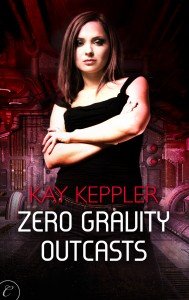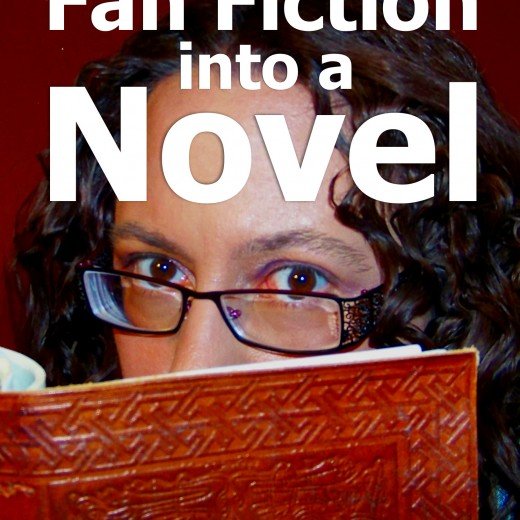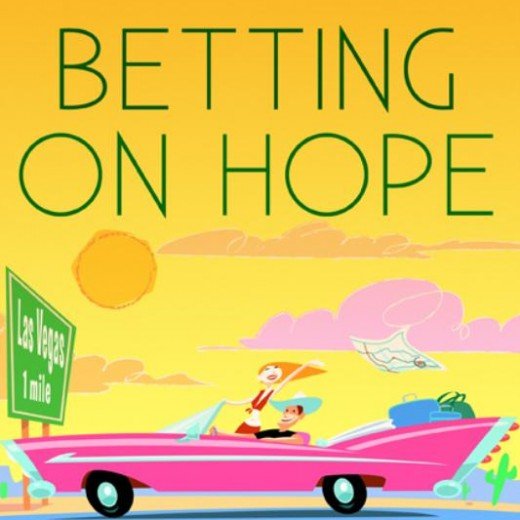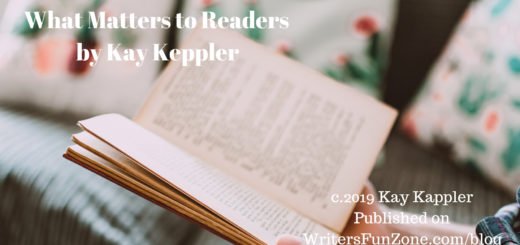Plot: It’s What Happens after the Shower
Welcome to the next installment of craft posts by monthly guest columnist, Kay Keppler. Today she’ll share about plot. You can contact Kay through the Writer’s Fun Zone or at kaykeppler@yahoo.com to ask questions, suggest topics, or tell her she’s off her rocker. (She let me say that!) (I’m so excited out her upcoming new release, Zero Gravity Outcasts, due out from Carina Press April 30, 2012. She doesn’t know I’d say that!)
***
Everybody knows what plot is, right? It’s action. Action drives stories. Without action, without plot, you’ve got no story. Simple.
But not all actions are equal. For actions to be plot, they must have consequences. Actions without consequences are setting or description. A story needs those things, too. But setting and description aren’t plot.
Let’s look at an example. Early in Charlaine Harris’s Dead Reckoning, her character Sookie Stackhouse takes a shower after a tough night waiting tables at the bar. She’s relieved to wash away the grime of her job, and she finds the hot water soothing. As she bathes, she mulls over her most recent set of problems. The shower is the stage setting for Harris to lay out the issues. In this case, the shower is description.
Compare that to the shower scene in Psycho. In it, Robert Bloch’s character Marion Crane is bathing to wash away her guilt about embezzling from her employer. We all know what happened in that shower—Marion Crane is brutally murdered. But her disappearance triggers an investigation, which leads to more mayhem. That’s plot.
Not only must your characters’ actions have consequences, you must convince your readers that those consequences are important. Something must be at stake—something of value—for readers to care. Your protagonist can be struggling with an opponent, a force of nature, a set of circumstances, or his own weakness—but readers need to know that the character will gain or lose something in that struggle, and the stakes are huge.
The concept of struggle is key. Without conflict, there is no plot.
To write an effective story, you must develop scenes that pit your protagonist against the opposition, either internal or external. You must reveal your characters’ goals and motivations in conflict, because motivations without conflict are boring. Who wants to read a story about a kid who’s motivated to get a spot on the football team? And then tries out and gets it? That’s not a story—that’s a newspaper headline.
When you set up your conflict, make the opposition equal to your protagonist. Everybody likes a fair fight. When your kid tries out for the football team, don’t make the opposition the skinny kid who hides the water bottle. Make it the big kid who roughs up our hero, or the parents who want him to try out for chess club, or the girlfriend who wants him to spend more time with her or the teachers who want him to bring up his grades or his doctor who thinks his asthma will kill him. Better yet—make the opposition all of those. Now we’ve got a story.
How can you be sure that your story is big enough, with sufficient conflict, one that readers will enjoy reading and you’ll enjoy writing? Test it! Do you like the story line enough to stick with it if you need a year to complete it? Are you close enough to it emotionally to make it resonate, but not so close that you can’t dig into it?
If so, then ask yourself: does this story have legs? Can it go somewhere? Can you imagine a beginning, a middle, and an end? If all you can see is the beginning and you can’t envision an ending for the protagonist’s problems, shelve this idea for a while.
Finally, ask yourself, what’s at stake? If your protagonist fights the devil for 300 pages, killing angels and guardians, suffering grievous wounds and the loss of family and friends, she better get more out of it than a new pair of sneakers. Unless they’re really, really special sneakers.
But that’s another story. One, I think, that involves a shower.
***
 Kay Keppler (www.kaykeppler.com) is an author (Zero Gravity Outcasts, Betting on Hope) and editor of fiction and nonfiction (Asylum Harbor, Pragmatic Guide to Sass) who lives in northern California. Thanks to Ansen Dibell and his book Plot (Writer’s Digest Books) for help with this column. Contact her here or at kaykeppler AT yahoo.com to ask questions, suggest topics, or if you prefer, complain.
Kay Keppler (www.kaykeppler.com) is an author (Zero Gravity Outcasts, Betting on Hope) and editor of fiction and nonfiction (Asylum Harbor, Pragmatic Guide to Sass) who lives in northern California. Thanks to Ansen Dibell and his book Plot (Writer’s Digest Books) for help with this column. Contact her here or at kaykeppler AT yahoo.com to ask questions, suggest topics, or if you prefer, complain.







